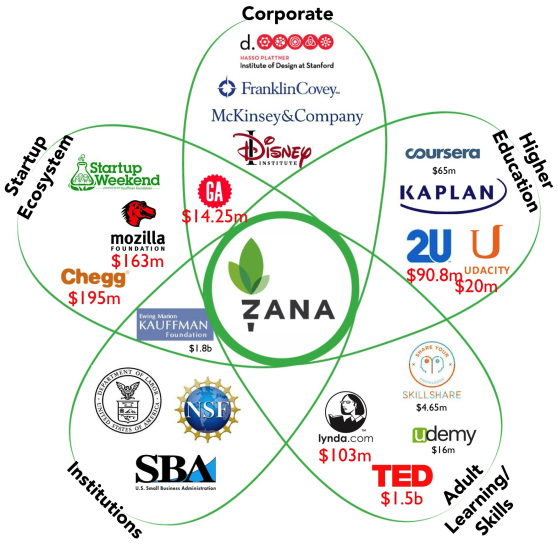
Foxconn International Holdings Limited, is a super electronics manufacturer for Apple, Dell, and other worldwide electronics and information technology companies.
However, criticism has grown over instances of harsh working conditions, child labor, workplace accidents, overtime, discrimination and series of suicide of labor. In response, Foxconn denied allegations of it being a “sweatshop”, and labor being abused. Foxconn promised a sharp wage raise, and reduced overtime hours. Plus, Foxconn required all labor to guarantee they and their descendants would not sue the company in case of future unexpected accidents.
Frieman stressed that the purpose of a business is to maximize stakeholders’ benefits, and he compared the “the doctrine of social responsibility” to “the cloak for actions”. In this case, Foxconn’s response is in order to, firstly, quell the public opinion, and secondly, rebuild the company’s tarnished reputation, and improve the bleak annual financial performance.
In the nutshell, the business ethics problems inside Foxconn need to be investigated and fixed as soon as possible, and it is not easy enough to be solved by solely increasing wage of labor. The business culture and social responsibility have been undervalued by Foxconn. Perhaps it is the military experience of the founder that builds Foxconn’s strict and somehow “military” business operation mode. However, in the cold logic of “the only purpose of a business is to make profit”, employees and the whole society still expect businesses to be more benevolent and ethical.
Continue reading →



 image from Snapchat logo
image from Snapchat logo





